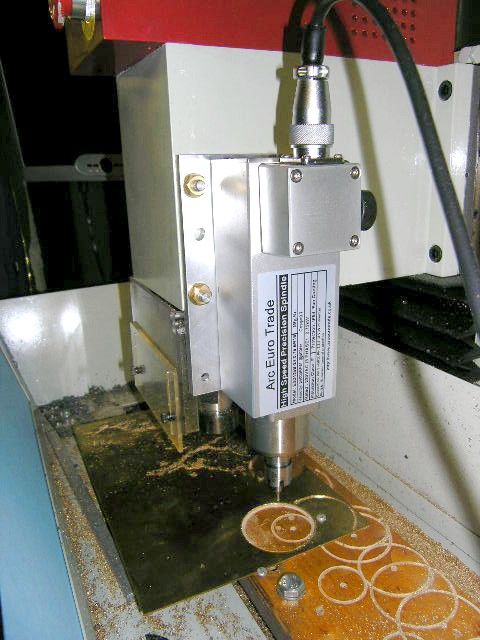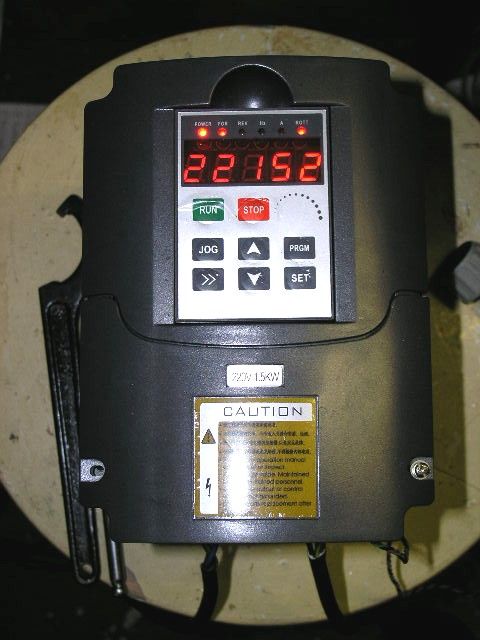Peter,
This post may seem bias as I have one of the first high speed spindles that ARC brought in as a test exercise buy I do have a lot of experience with high speed spindles.
At my last job I was responsible for looking after upwards of a 100 Pershe spindles up to 7 HP. On the smaller 0.37Kw spindle some machines had p to 7 of these fitted.
The ones ARC sells were the third lot brought into the country, the first two lots were terrible and basically didn’t have inside them what the build up said. Saying they have ceramic or German bearings doesn’t mean that to some exporters.
Anyway these units work fine, in fact there is no different IMHO between the expensive Pershe and these.
They are rated at 24,000 rpm by virtue of being run at 400 HZ hence the VFD and will gladly drop to 12,000 with no problem.
I would not advise going lower as the fan speed drops and heat would be a problem.
They are high speed spindles and not designed to run at 3,000 or 5,000 rpm.
I usually run mine on engraving laminate at 12,000, noise isn’t a problem in fact they are quite quiet but even at high speed the cutting action of the tool on the material is far louder than the spindle.
I have had mine 3 years now and it’s gets regular use as it’s fitted to my router and is the only spindle I use now, the Kress has been sold on.
The two larger models were also sent out for testing with other high use users and again no problems reported.
John S.
GoCreate.










